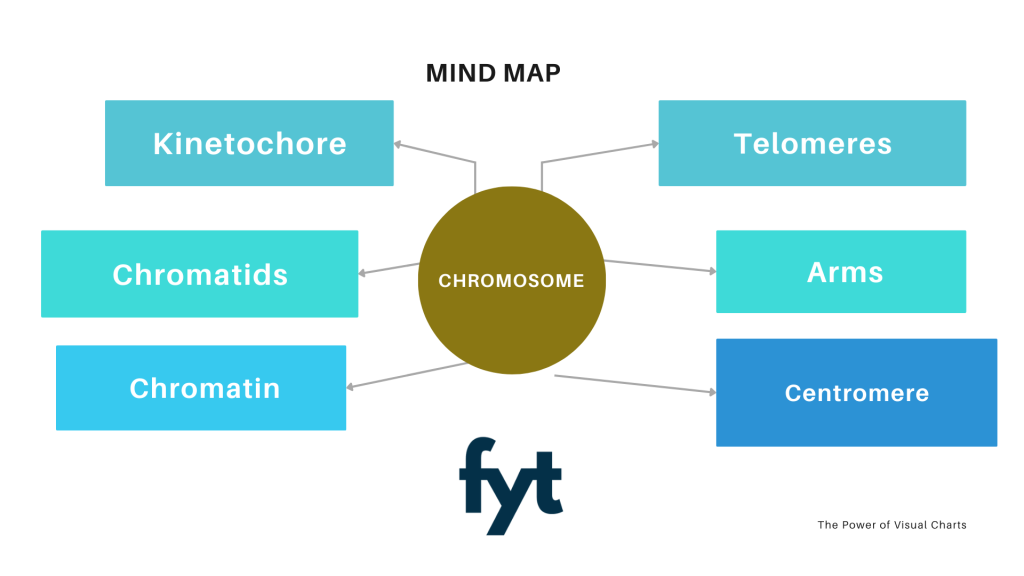Most of us hate putting effort in notetaking because they seem difficult
Well note taking isn’t as completed as we think …
At least after this article , it wouldn’t be
Note taking is not just a question of transcribing the professor’s lecture. It requires us to sort through the fluff and chaff and to get at the stuff that actually matters: the core concepts the professor is trying to get through to us. So, ideally, our notes should be brief but comprehensive, and not a wall of text recording everything spoken in the classroom.
To assist us there exist a number of effective note taking strategies.
1. The Outline Method
The Outline Method is a simple way of taking notes. It involves writing necessary pieces of information in a structured and chronological manner, forming a skeleton of a topic. This method condenses lengthy information into clusters that can be easily revised.
Steps for the Outline Method
- Write important topics in bold headings.
- Jot down all relevant points and examples.
- Use bullet points, numbers, or numerals for order (optional).
2. The Cornell Method
In 1950, Walter Pauk, a professor at Cornell, introduced the Cornell Method of note-taking. This method revolves around cues, notes, and summaries.
Steps for the Cornell Method:
- Divide your page into three sections: cues, notes, and summary.
- During the lecture, focus on the notes section to write main points.
- After the class, write questions in the cue section and a summary in the summary section.
If you like a systematic approach to your studies, the Cornell Method is perfect for you.
3. Mind Mapping
Mind mapping is used to collect scattered ideas and connect them logically. It involves writing the core theme of the lecture on a blank page and connecting relevant ideas to it.

Steps for Mind Mapping
- Write the core theme on a blank page.
- Add relevant ideas around the core theme.
- Connect ideas with arrows and lines, categorize similar themes, and build a ‘map’ of the subject.
This method can summarize all concepts at a glance. You can also create an online mind map using various tools.
4. The Sentence Method
The Sentence Method involves jotting down information (topics, facts, ideas) in the form of lines or bullets. This method is ideal for fast writing and quick reference.
Steps for the Sentence Method:
- Write down necessary information as sentences or bullet points.
- Use contracted words to speed up the writing process (optional).
5. The Charting Method
The Charting Method involves condensing information into rows and columns, similar to a spreadsheet. This method saves time and summarizes lectures concisely.
Steps for the Charting Method
- Create a chart with rows and columns on a blank page.
- Write headings, categories, and subdomains.
- Fill in relevant information in the appropriate sections.
6. The Flow Notes Method
The Flow Notes Method involves writing down information in a way that makes sense to you personally, connecting ideas logically.
Steps for the Flow Notes Method:
- Write information after you understand it.
- Connect ideas so they make sense together, reflecting your understanding.
Whatever note-taking method you follow, it’s important to make notes. It saves a lot of time during exam preparation. Feel free to combine elements of different methods, decorate your notes with doodles, or just have fun.
Taking effective notes doesn’t have to be a daunting task. With these strategies, you can transform your note-taking process and grasp concepts easily








